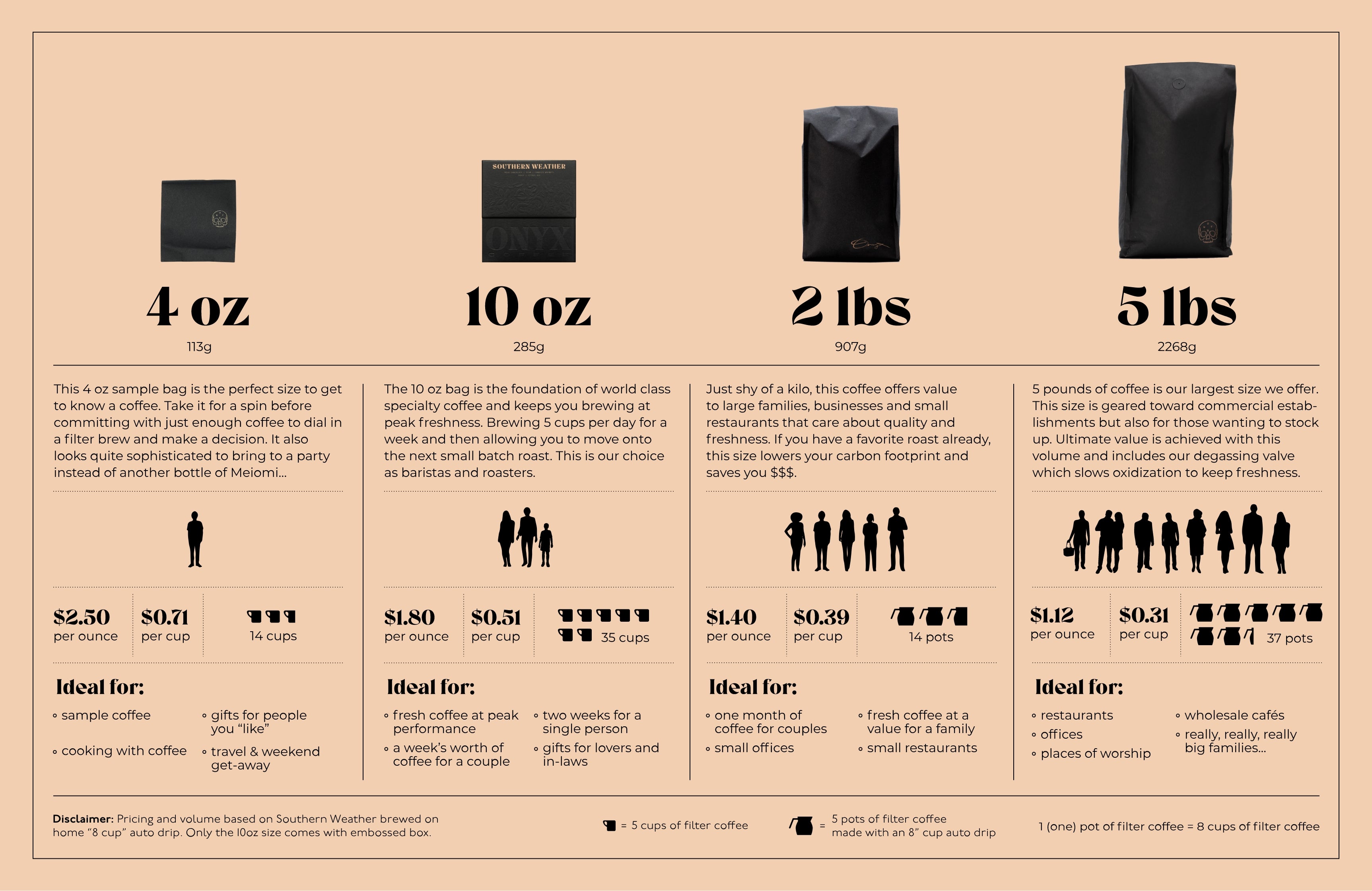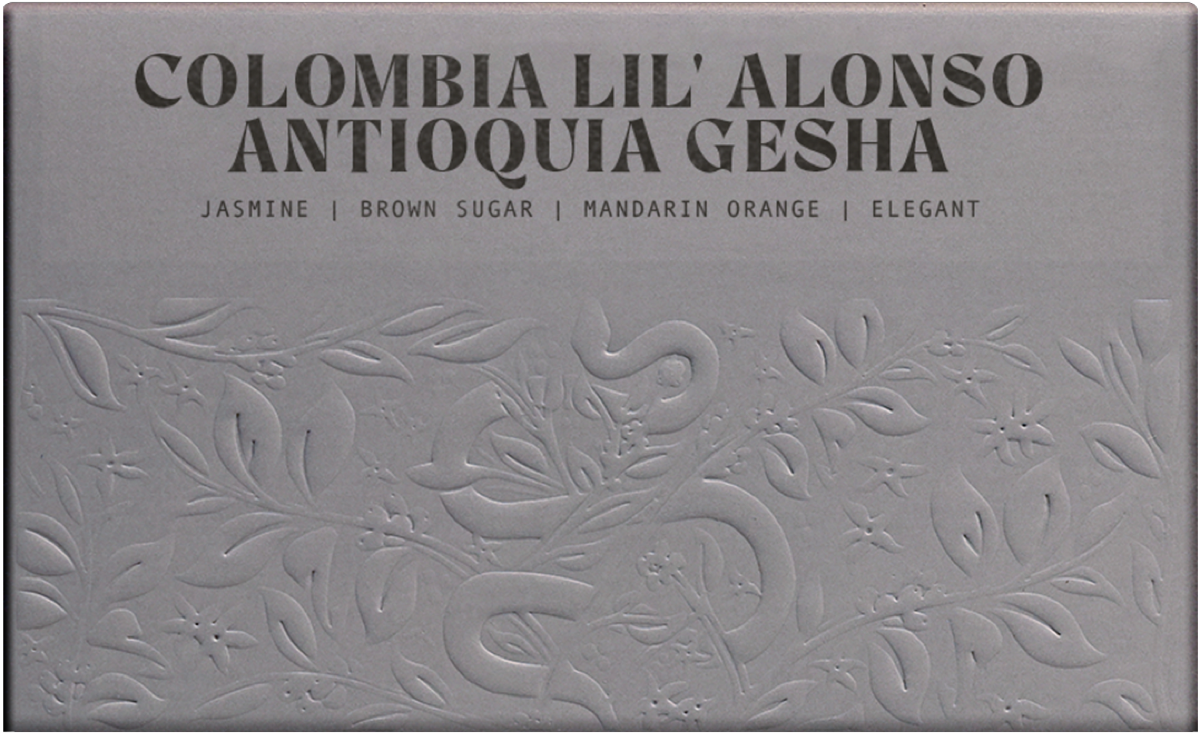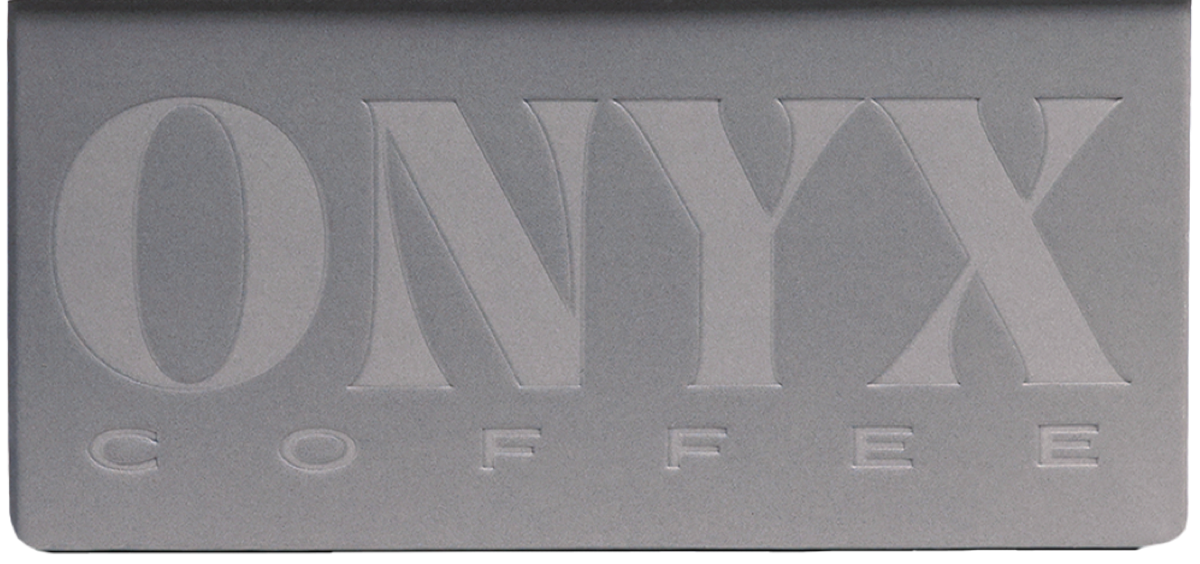Story
Alongside aiding us in sourcing our Aponte Village coffees and the vast majority of our coffees that comprise Southern Weather and Monarch, Pedro Miguel Echavarría also is crucial in producing microlot coffees that blow us away each time. At our most recent visit to Pergaminos lab in Medellin, we put together a container of microlots before making the drive up to Finca Santa Barbara. This washed Gesha from La Palma immediately stood out, with all its florals and elegant tactile. We purchased the entire lot, and to honor our friend Pedro and the work done at the farm we named this coffee after his rescue pup named Alonso. While Alonso seems inviting, he can be quite bitter and harsh, but we assure you that this coffee shares none of his traits despite his namesake…
WASHED PROCESSED COFFEES
The washed process begins with coffee cherries delivered to the washing station, both from the primary market or from farmers bringing their coffee directly to the mill. The cherries are inspected, and an initial quick round of hand-sorting separates the defective coffees before placing them into the hopper. They are then funneled to the depulper, which removes the fruit from the seeds (beans). After that phase is done, the coffee is fermented underwater for approximately 12-36 hours. During this fermentation, a microbial de-mucilagation takes place, which allows the outer fruit and pectin layer to break down, making the coffee easier to dry. This phase also crucially alters the organic acids within the coffee, as sugars and organic acids are transformed, with the best washed coffees maintaining their complex fruit esters. Once the fermentation is complete, the parchment is emptied into the washing channels, where it is agitated with rakes to remove the last of the fruit layer. During this step, the water is refreshed to ensure it’s capability of separating the fruit layer from the seed. Once the washing is complete, the coffee is taken to the raised drying tables for sun drying.
DRY MILLING
Once the coffee is picked, processed, and dried, it still has a necessary step before it's ready for export. Dried coffee, which we refer to as parchment. The final processing stage is not only to remove the dried layer of parchment from the seed, but it's also a stage in many levels of quality checks that coffee passes through in Colombia. The first stage is hulling and de-stoning, removing the parchment as well as any chips of drying beds that may have gotten into the coffee. Parchment is separated by air and used as a fuel source for other stages of milling that may require heat. Once the seeds are hulled, they're then separated by size or screen size. The screens they pass through, and the final prep size is dictated by contract specifications. From sizing, the coffees are then separated by density, as a final check that the exportable green coffee is homogeneous before it gets to the roaster. Density is separated on a densimetric table. This is a clever bit of technology that allows more dense seeds to climb up, while the less dense coffees are separated off the bottom. Density is extremely important when it comes to roasting, as less dense coffees tend to roast at a different rate than denser, leading to uneven roasts. The final stage is a visual check, done by an optical sorter. Coffee is passed at a high rate of speed through a vertical chute, where cameras capture color and visual info about the coffee, quickly separating seeds that don't meet standards with a puff of air. As technology continues to evolve in coffee, preparation gets better and better, improving cup quality by many points.



